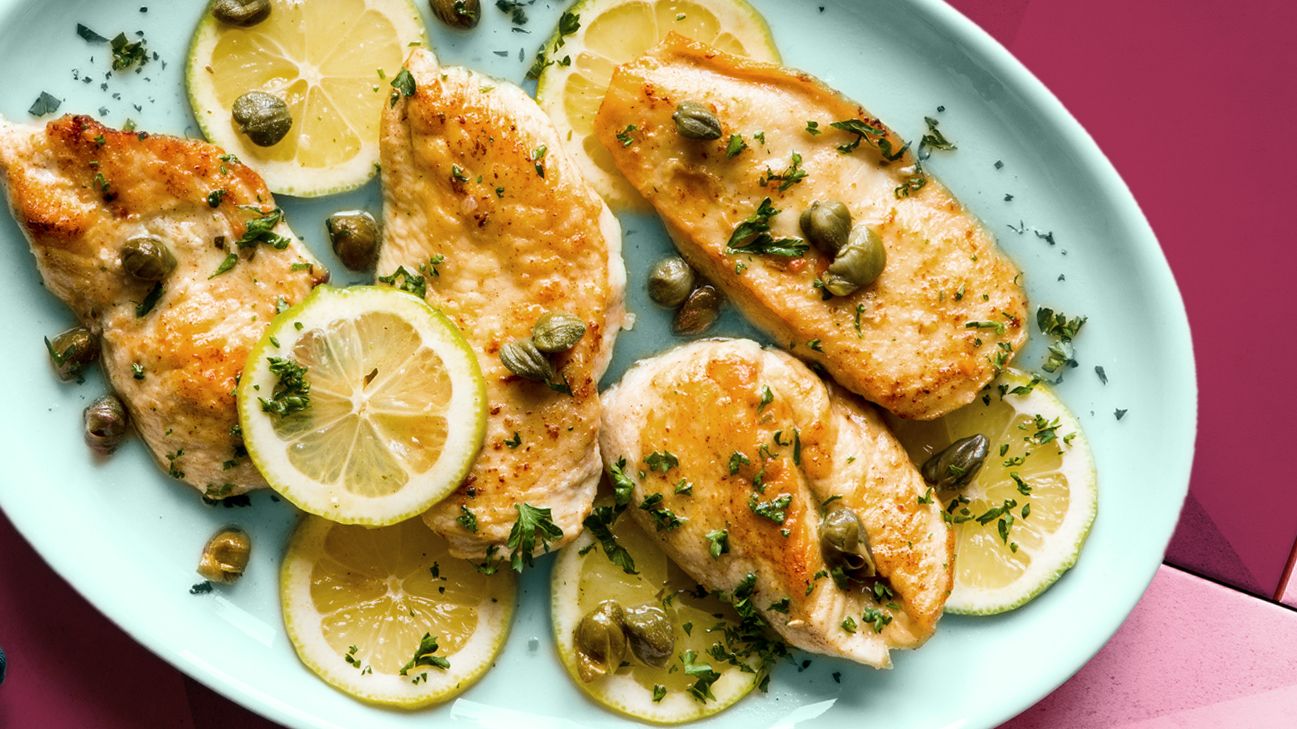
According to my parents, when I was a little girl, I was so enamored with olives that I used to walk through our Brooklyn yard to our neighbor’s, knock on the door, and beg for them. (I have no idea why my still-forming brain believed that she was the boundless supplier of olives.)
Despite my dedication to the saltiest and briniest of foods, I could never wrap my palate around the caper. When my mother served chicken piccata studded with these tiny dark pearls — an admittedly occasional indulgence — I turned my nose up in disgust.
My loathing of capers followed me well into adulthood. Olives? Loved them. Tiny cornichon pickles on charcuterie boards? More, please! But capers? Absolutely disgusting.
The caper was, for me, just too much of everything. Its saltiness was puckering. It almost reminded me of a lemon, the way it warped my tongue at the edges. It rolled around in my mouth with no satisfying bite.
Unlike an olive, which had a meatiness to it, or a pickle, which had a delectable crunch, a caper just disintegrated. My mother couldn’t understand my hesitation. To her, the caper belonged in the same vinegary category of all the other foods I loved. But to me, it was a different entity in texture, in flavor, in acidity.
I carried my dislike for capers with me until, one evening, in culinary school, my chef-instructor asked us to prepare the mise-en-place (the fancy French terminology meaning “everything in its place,” or, in translation, food prep) for sauce grenobloise, a browned butter sauce traditionally served with sole.
To make sauce grenoboise, you brown your butter in a pan, and then you add lemon juice. After cooking that, you add capers and parsley, season the whole thing with salt and pepper, and spoon it over the delicate fish. It’s a mixture of nutty and bright, salty and almost sweet, and the capers work here because they cut through the butter’s richness.
The capers, on my first night of grenobloise, were a revelation. That grenobloise changed my mind.
Now, I see capers as a condiment. I add them to tuna tartar. I like them in salads, on cheese boards, and, yes, in chicken piccata. When a dish requires additional pep from salt or acid (or a combination of the two), I turn to capers, my capable pantry savior. But my favorite preparation involving capers remains the humble grenobloise because I’m nostalgic for the dish that made me a convert.
Ingredients
- 3 tablespoons butter
- Lemon juice (from 1/2 lemon)
- 3 tablespoons capers
- Handful coarsely chopped flat-leaf parsley
- Salt and pepper
Instructions
- Place cold butter in a cold frying pan and swirl over medium-heat until it begins to brown. You will smell the milk solids start to turn and then, all of a sudden, they will shift from light to dark.
- Immediately turn the heat off and stir in the lemon juice and the capers.
- Season with salt and pepper, to taste.
- Right before serving, add the parsley, gently swirling it through the sauce so that it remains as vibrant as possible. Spoon the finished sauce over protein (traditionally sole, but this sauce also works well with items like scallops).
Hannah Selinger is an IACP award-nominated food, wine, travel, and lifestyle writer based in East Hampton, New York, where she lives with her husband, two sons, two dogs, and two tortoises. Her work has appeared in The New York Times, Eater, The Washington Post, The Wall Street Journal, The Cut, and more.
